Lost in the throng: James Glisson explores the phenomenon of crowds in art
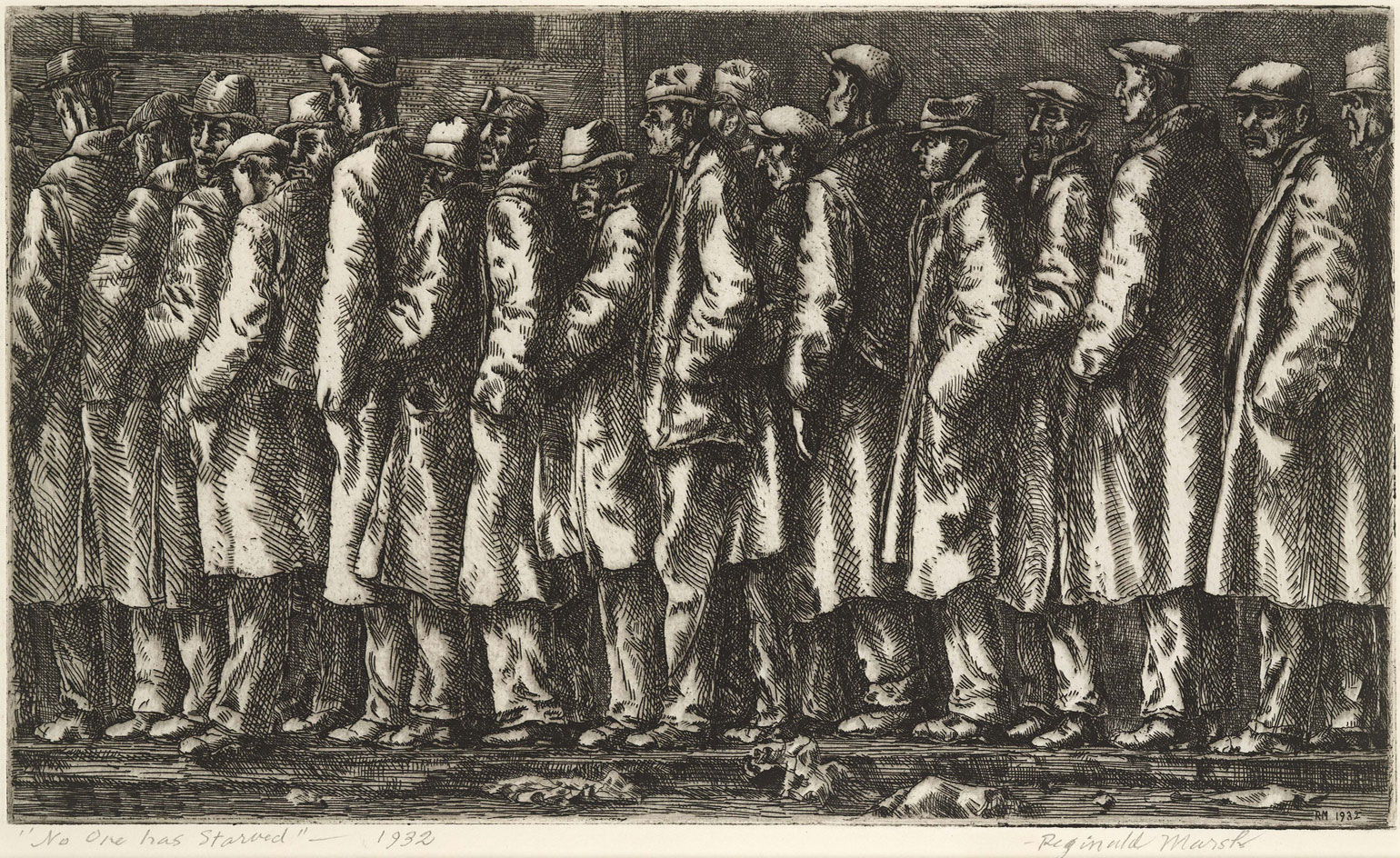
These days, the term 'crowd' is often associated with funding projects or sourcing services from the masses surfing the web. But long before Kickstarter or Indiegogo were even conceivable, large gatherings of people have filled our urban spaces to attend public performances, participate in revolutionary movements or simply and randomly swarm together like bees around a hive.
Of course, crowds have also served to inspire artwork – a concept known all too well by James Glisson, the curator of 'A World of Strangers: Crowds in American Art', opening 17 October at the Huntington Art Gallery in San Marino, California. The show, which will run until 4 April 2016, highlights a collection of prints donated to the museum by Hannah Kully and which focuses on American printmakers from the First World War to the mid-20th century.
Though artists have represented people as abstract patterns, in this exhibition, 'they're pictures of people who are recognised as people in scenes from everyday life', says Glisson.
Consider, for example, Walker Evans' Yankee Stadium with Capacity Crowd and Billboard. The 1946 Gelatin silver print, with its prominent corporate logos, appears to be critiquing the advertising industry. 'Evans' photograph surely says something profound, but we're left wondering what that might be,' says Glisson. Not so with Weegee's The First Murder, another print from c. 1950, depicting a group of people with facial expressions ranging from glee to disgust, craning to view a dead body.
The genesis of the exhibit began in 2010 when Glisson was working on his dissertation about how white, middle class artists depicted New York City. Sitting in the New York Public Library for ten hours a day, Glisson spent weeks 'like a human Google', combing through thousands of pages of illustrated magazines. 'I noticed that in a pretty distinct moment, somewhere between 1890 and 1895, these images of people went from being individuated to being nothing but patterns.'
Alas, the show ended up following a different path, steeped in realism. 'Yet,' says Glisson, 'these artists, consciously or unconsciously, seek out patterns as a way to tame and control the overwhelming experience of being in a crowd. Being packed in with others is a hyper-sensory and anxiety producing experience. Patterning offers a way to organise those sensations into something graspable and cognisable, as opposed to frenetic and excessive.'
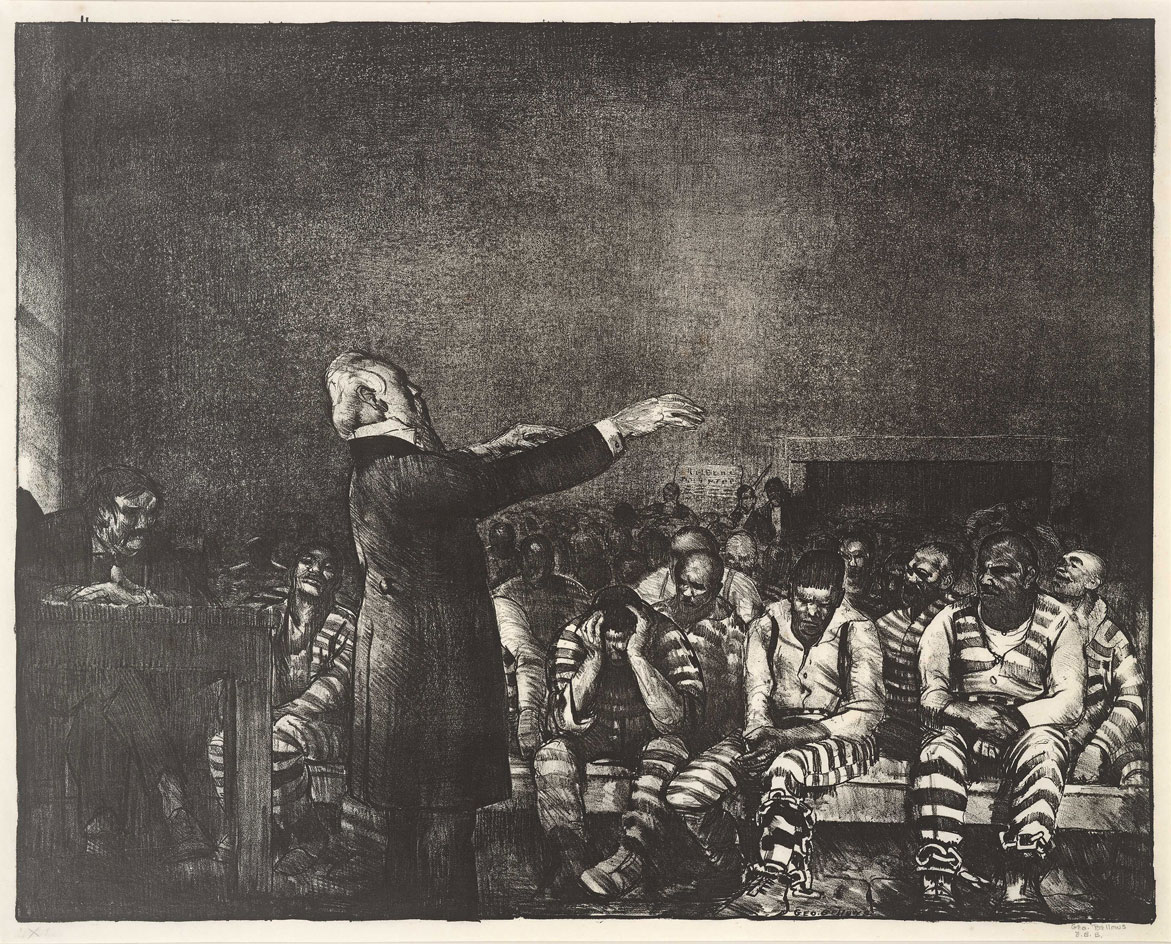
Crowds have also served to inspire artwork – a concept known all too well by James Glisson, the curator of 'A World of Strangers: Crowds in American Art' at the Huntington Art Gallery in San Marino, California. Pictured: Benediction in Georgia, by ,1916

The show highlights a collection of prints donated to the museum by Hannah Kully. Pictured: Preliminaries to the Big Bout, by George Wesley Bellows, 1916
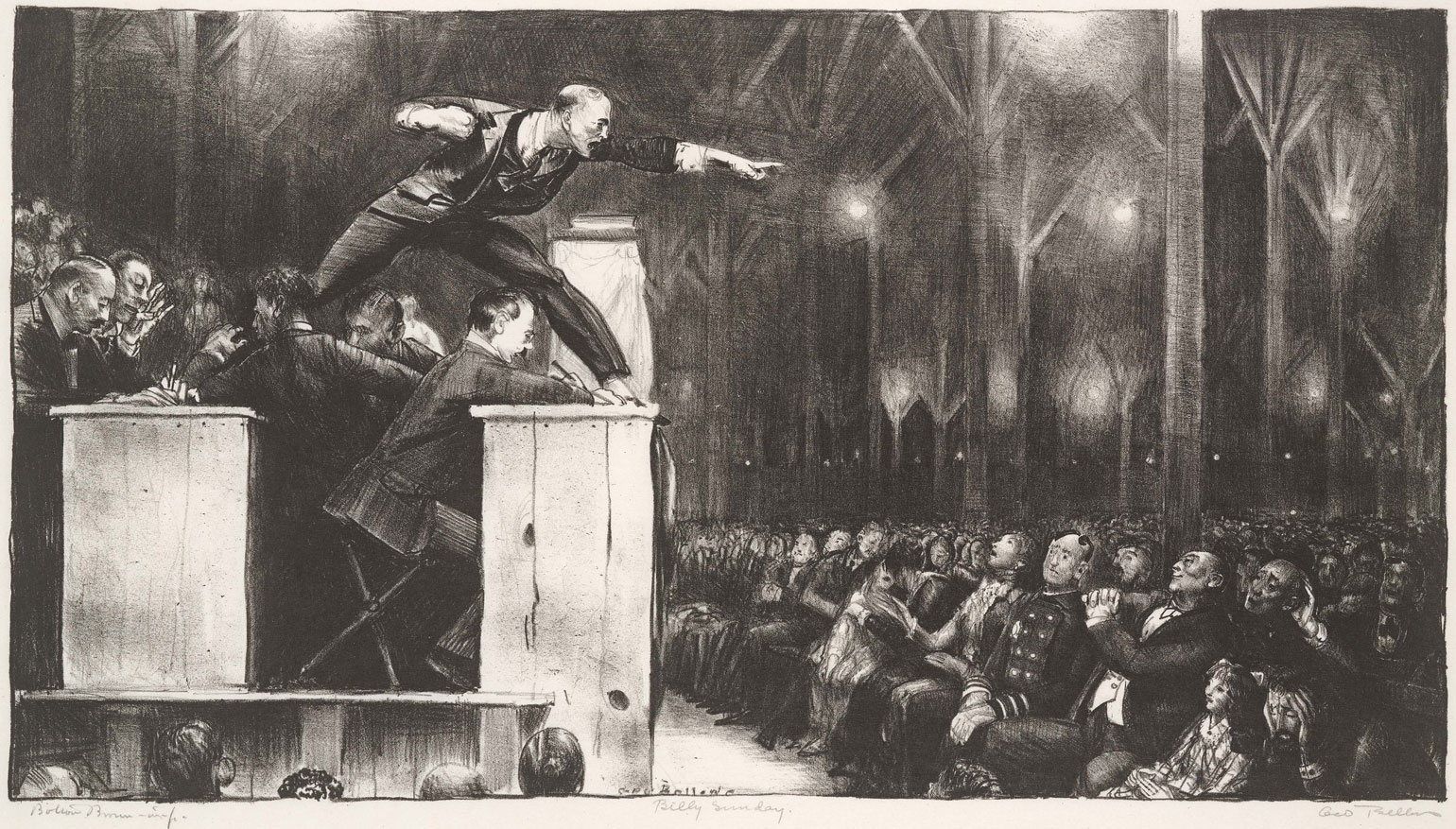
The show focuses on American printmakers from the First World War to the mid-20th century. Pictured: Billy Sunday, by George Wesley Bellows, 1923
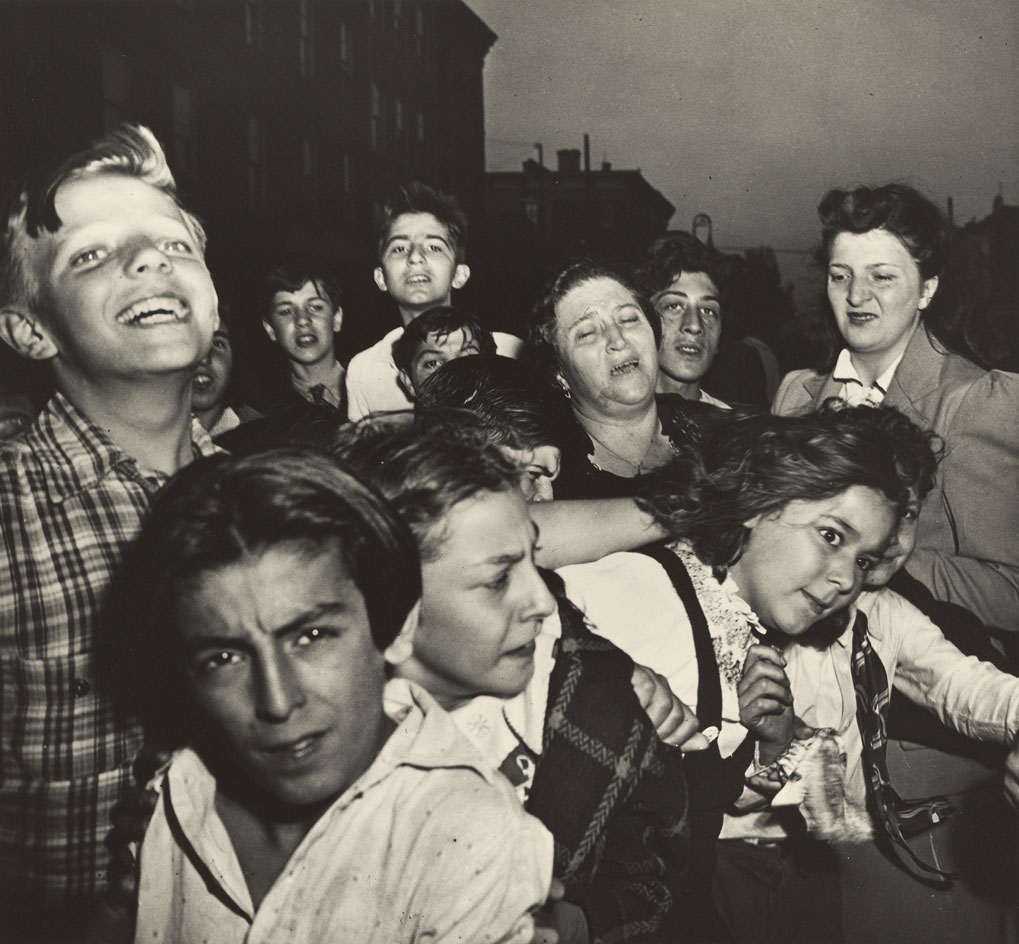
The genesis of the exhibit began in 2010 when Glisson was working on his dissertation about how white, middle class artists depicted New York City. Pictured: The First Murder, by Weegee, c. 1950. Los Angeles and International Center of Photography
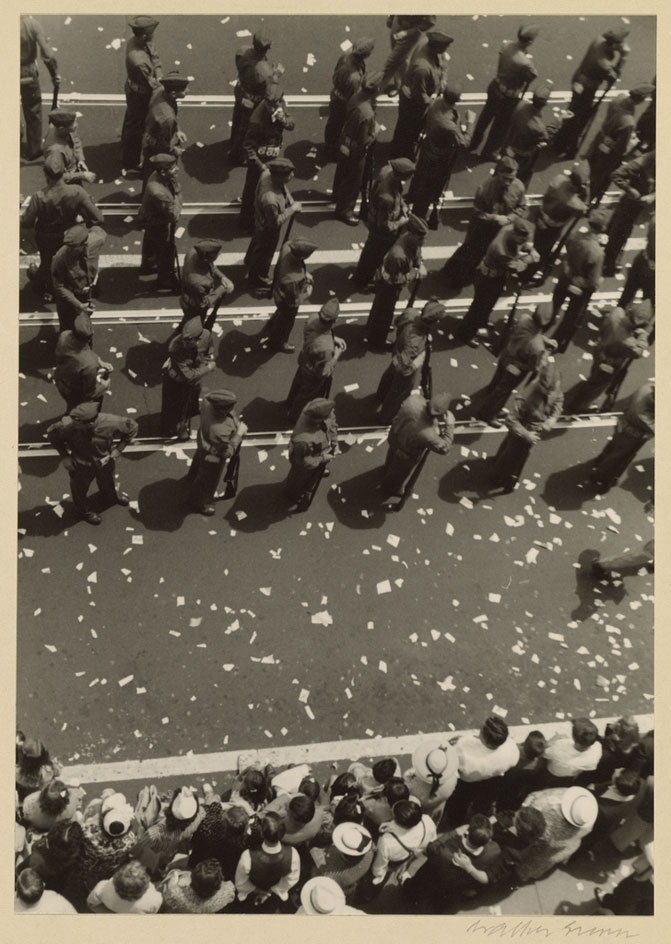
Sitting in the New York Public Library for ten hours a day, Glisson spent weeks 'like a human Google', combing through thousands of pages of illustrated magazines. Pictured: Bridgeport Parade: Marching Band and Crowd, by Walker Evans, 1941. , Los Angeles

'I noticed that in a pretty distinct moment, somewhere between 1890 and 1895, these images of people went from being individuated to being nothing but patterns,' says Glissen. Pictured: Crowded Beach, by Torkel Korling, 1929.
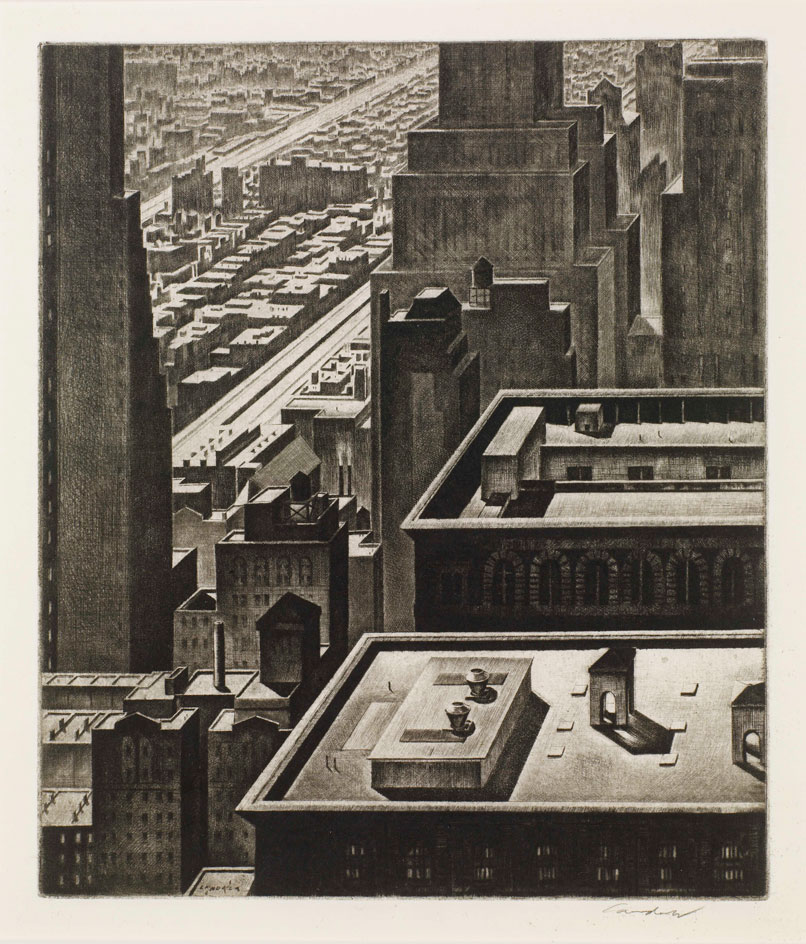
Manhattan Vista, by Armin Landeck, 1934
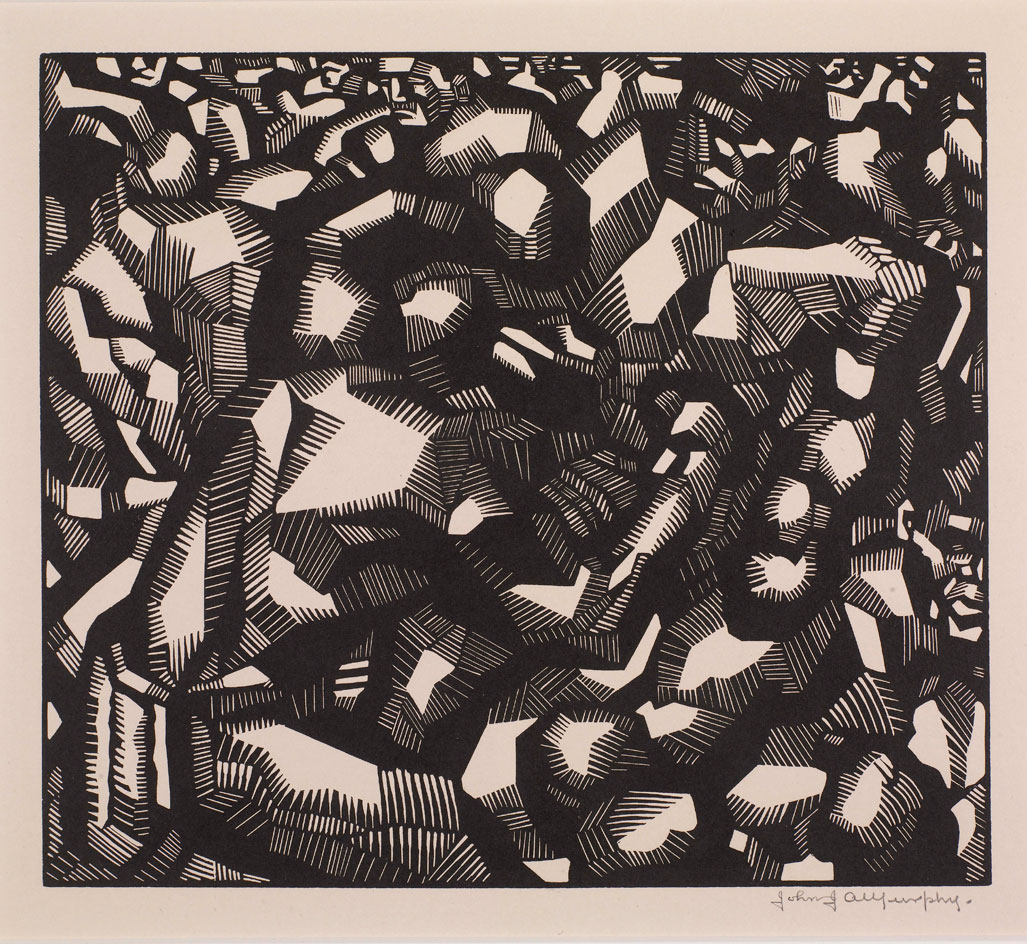
Shadow Boxers, by John JA Murphy, 1925
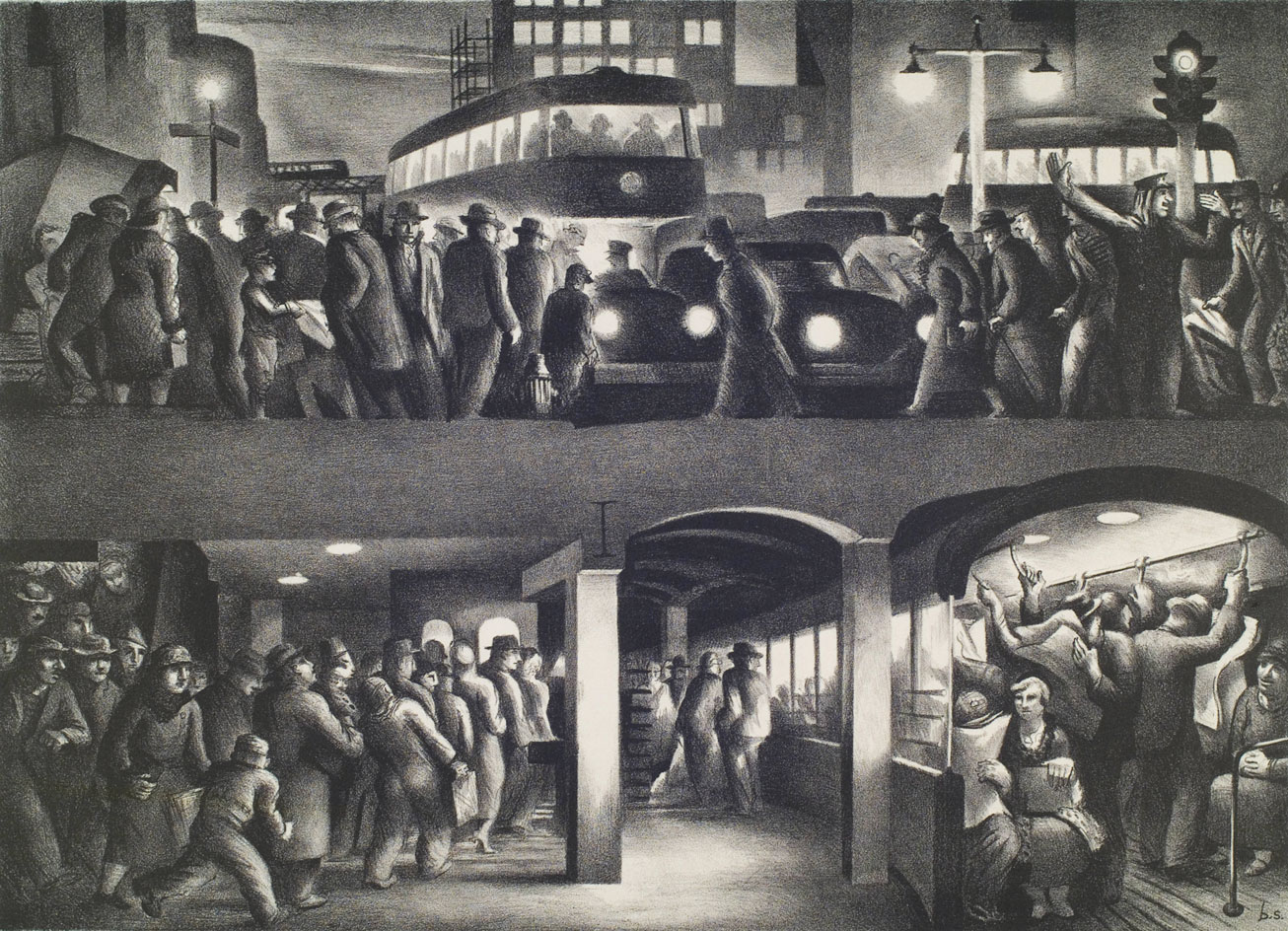
The People Work – Evening, by Benton Murdoch Spruance, 1937.
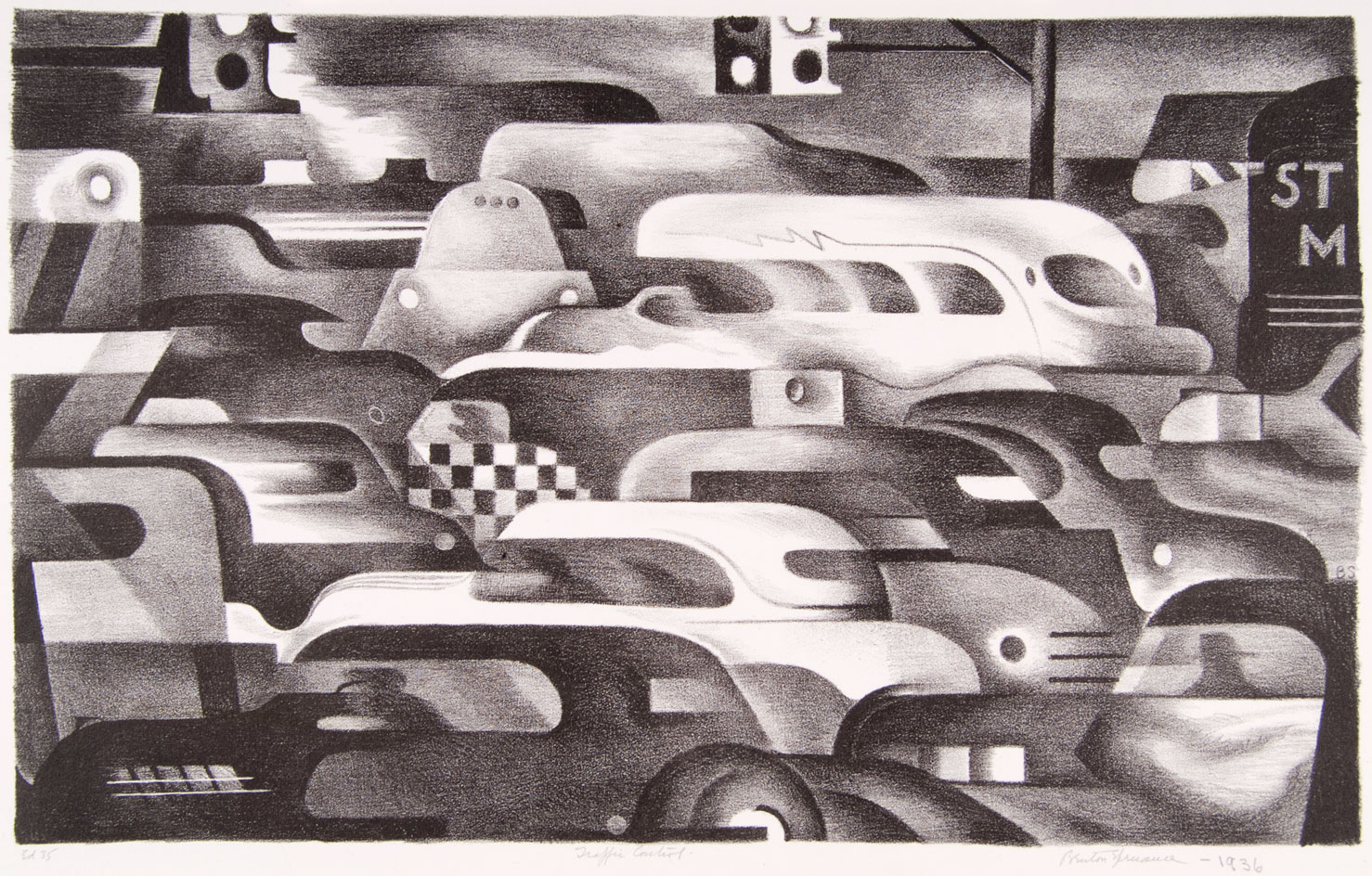
Traffic Control, by Benton Murdoch Spruance, 1936.
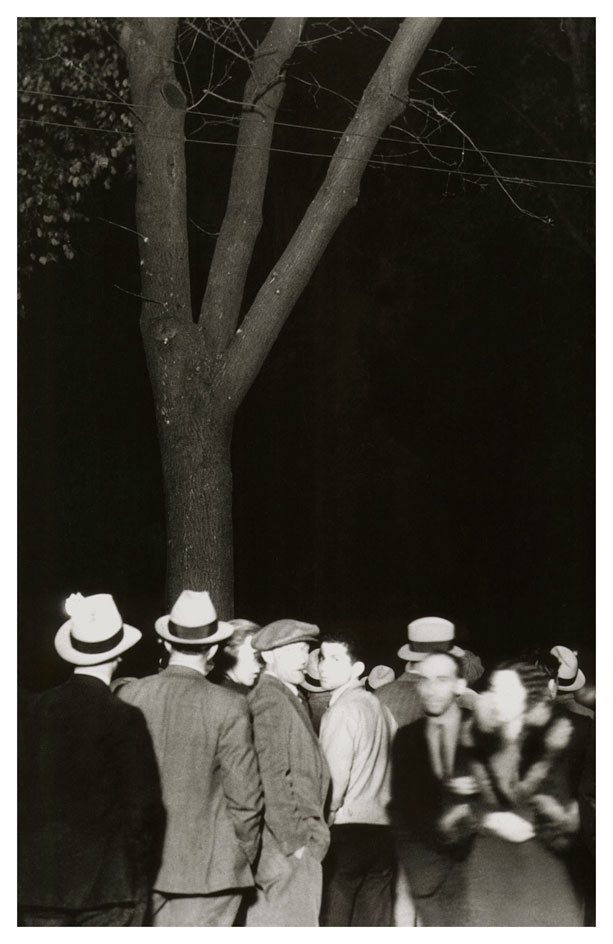
East First Street (St James Park), by Ken Gonzales-Day, 2006.
INFORMATION
’A World of Strangers: Crowds in American Art’ opens on 17 October and runs until 4 April 2016
ADDRESS
Huntington Art Gallery
1151 Oxford Road
San Marino, CA 91108
Receive our daily digest of inspiration, escapism and design stories from around the world direct to your inbox.
-
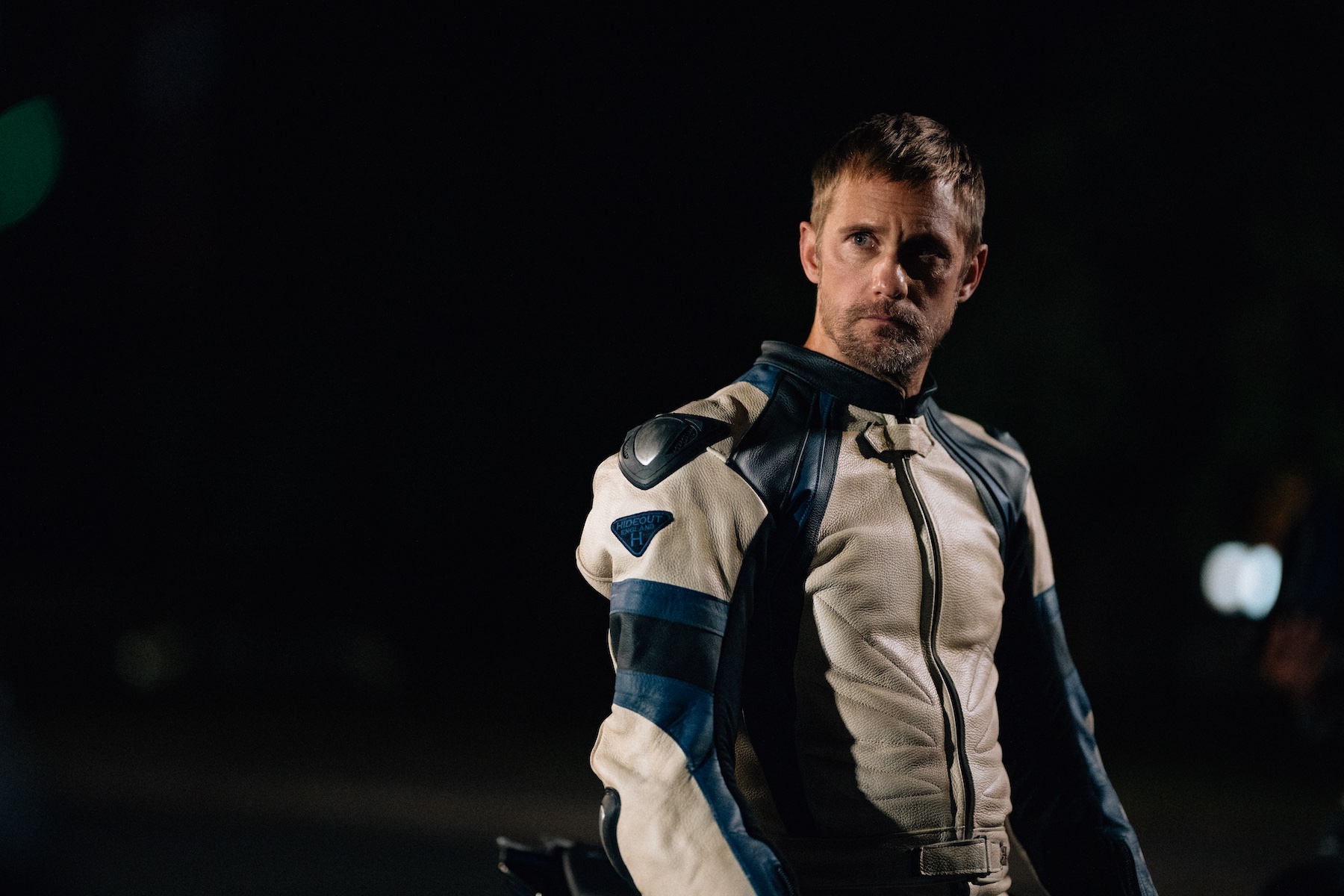 In BDSM biker romance ‘Pillion’, clothes become a medium for ‘fantasy and fetishism’
In BDSM biker romance ‘Pillion’, clothes become a medium for ‘fantasy and fetishism’Costume designer Grace Snell breaks down the leather-heavy wardrobe for the Alexander Skarsgård-starring Pillion, which traces a dom/sub relationship between a shy parking attendant and a biker
-
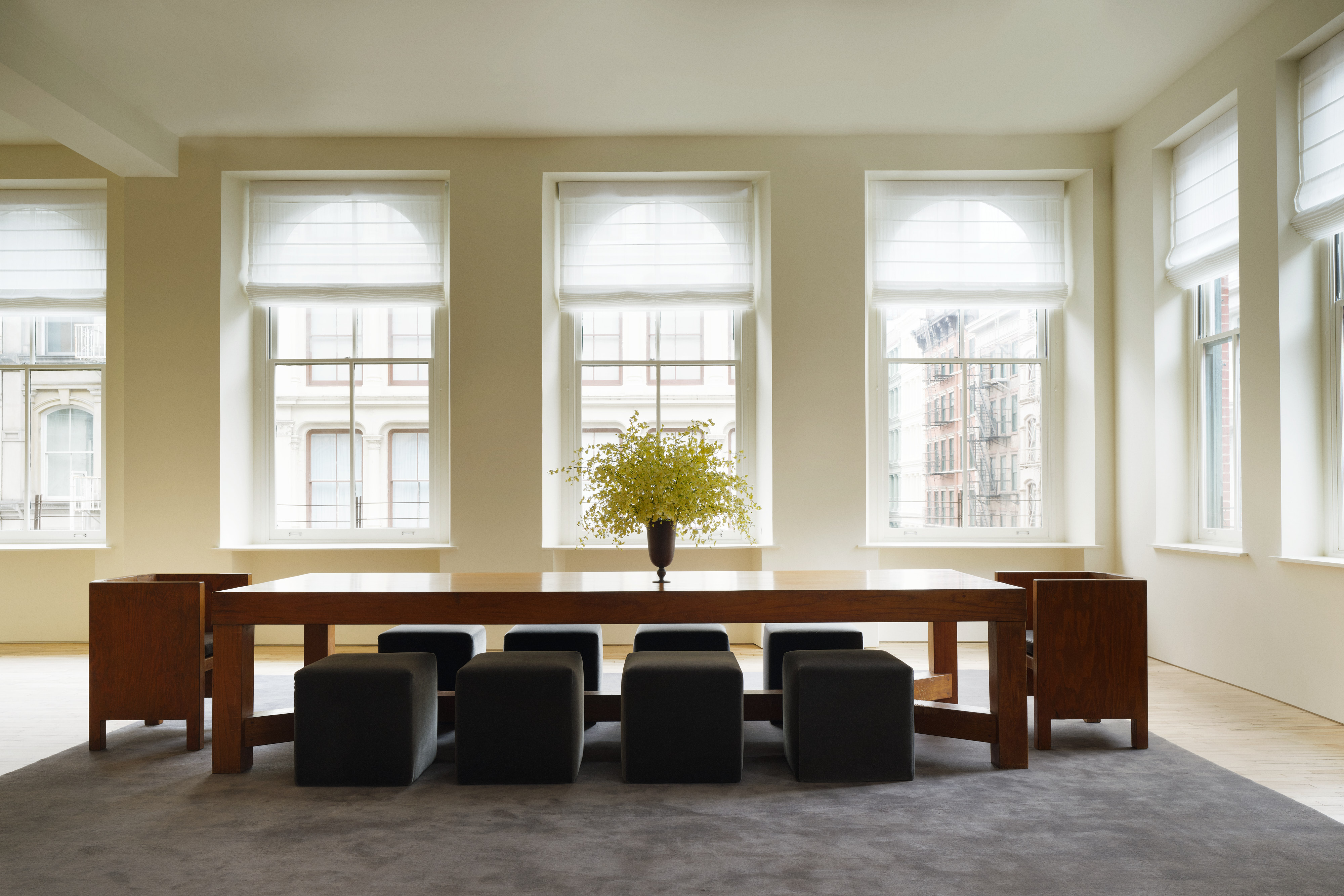 Tour Aflalo’s first retail space, a gallery-like studio in New York
Tour Aflalo’s first retail space, a gallery-like studio in New YorkLight-filled and elegant, Aflalo has opened its first retail space in a classic Soho loft, reimagined by Nordic Knots Studio
-
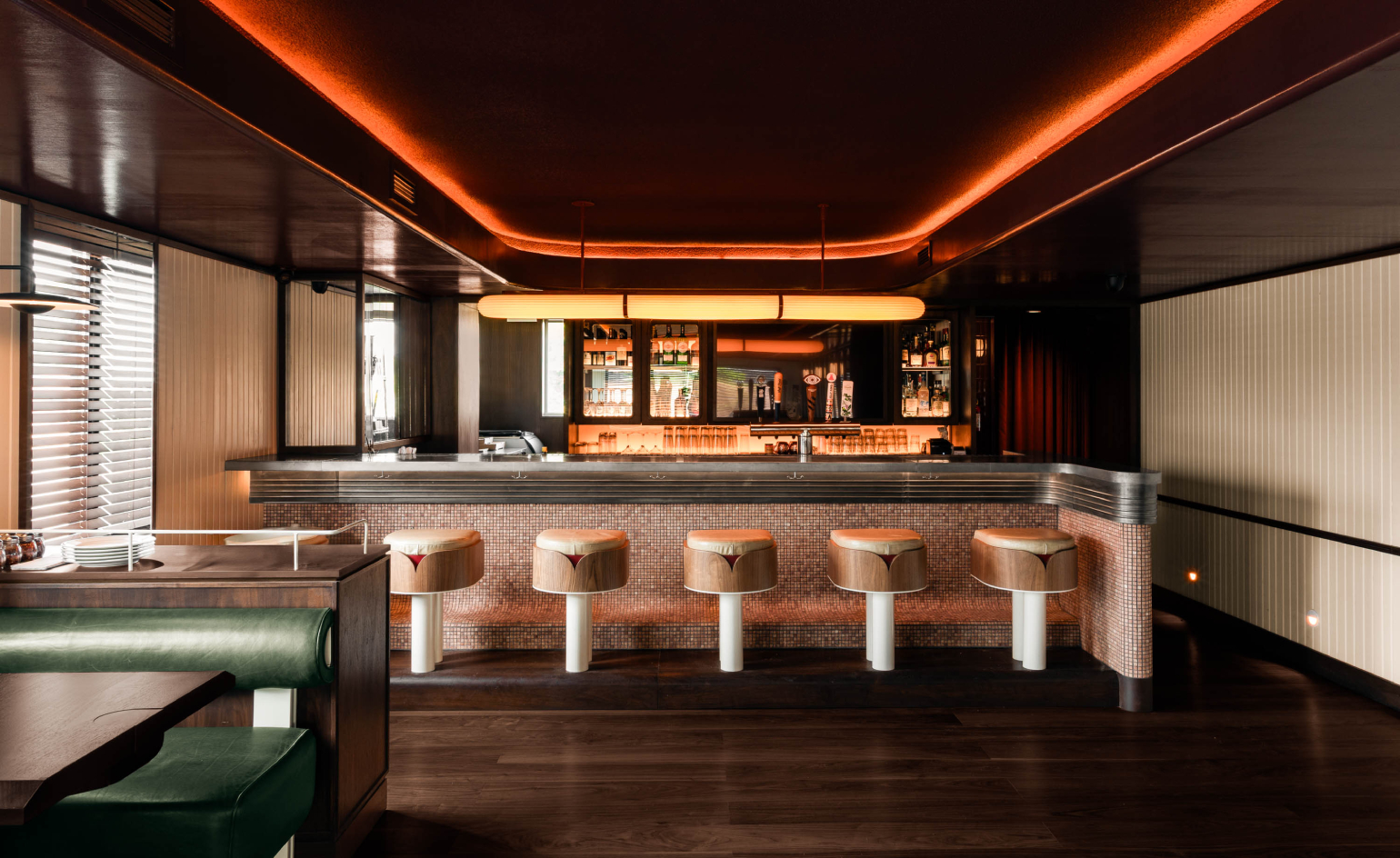 This Toronto pizzeria hides a sultry bar with serious bite
This Toronto pizzeria hides a sultry bar with serious biteNorth of Brooklyn unveils a fresh, two-level outpost where crisp, light-filled minimalism gives way to a warmer, neon-lit upstairs area
-
 Ed Ruscha’s foray into chocolate is sweet, smart and very American
Ed Ruscha’s foray into chocolate is sweet, smart and very AmericanArt and chocolate combine deliciously in ‘Made in California’, a project from the artist with andSons Chocolatiers
-
 Jamel Shabazz’s photographs are a love letter to Prospect Park
Jamel Shabazz’s photographs are a love letter to Prospect ParkIn a new book, ‘Prospect Park: Photographs of a Brooklyn Oasis, 1980 to 2025’, Jamel Shabazz discovers a warmer side of human nature
-
 The Hammer Museum in Los Angeles launches the seventh iteration of its highly anticipated artist biennial
The Hammer Museum in Los Angeles launches the seventh iteration of its highly anticipated artist biennialOne of the gallery's flagship exhibitions, Made in LA showcases the breadth and depth of the city's contemporary art scene
-
 Thomas Prior’s photography captures the uncanny fragility of American life
Thomas Prior’s photography captures the uncanny fragility of American lifeA new book unites two decades of the photographer’s piercing, uneasy work
-
 Central Park’s revitalised Delacorte Theater gears up for a new future
Central Park’s revitalised Delacorte Theater gears up for a new futureEnnead Architects helmed an ambitious renovation process that has given the New York City cultural landmark a vibrant and more accessible future
-
 Stephen Prina borrows from pop, classical and modern music: now MoMA pays tribute to his performance work
Stephen Prina borrows from pop, classical and modern music: now MoMA pays tribute to his performance work‘Stephen Prina: A Lick and a Promise’ recalls the artist, musician, and composer’s performances, and is presented throughout MoMA. Prina tells us more
-
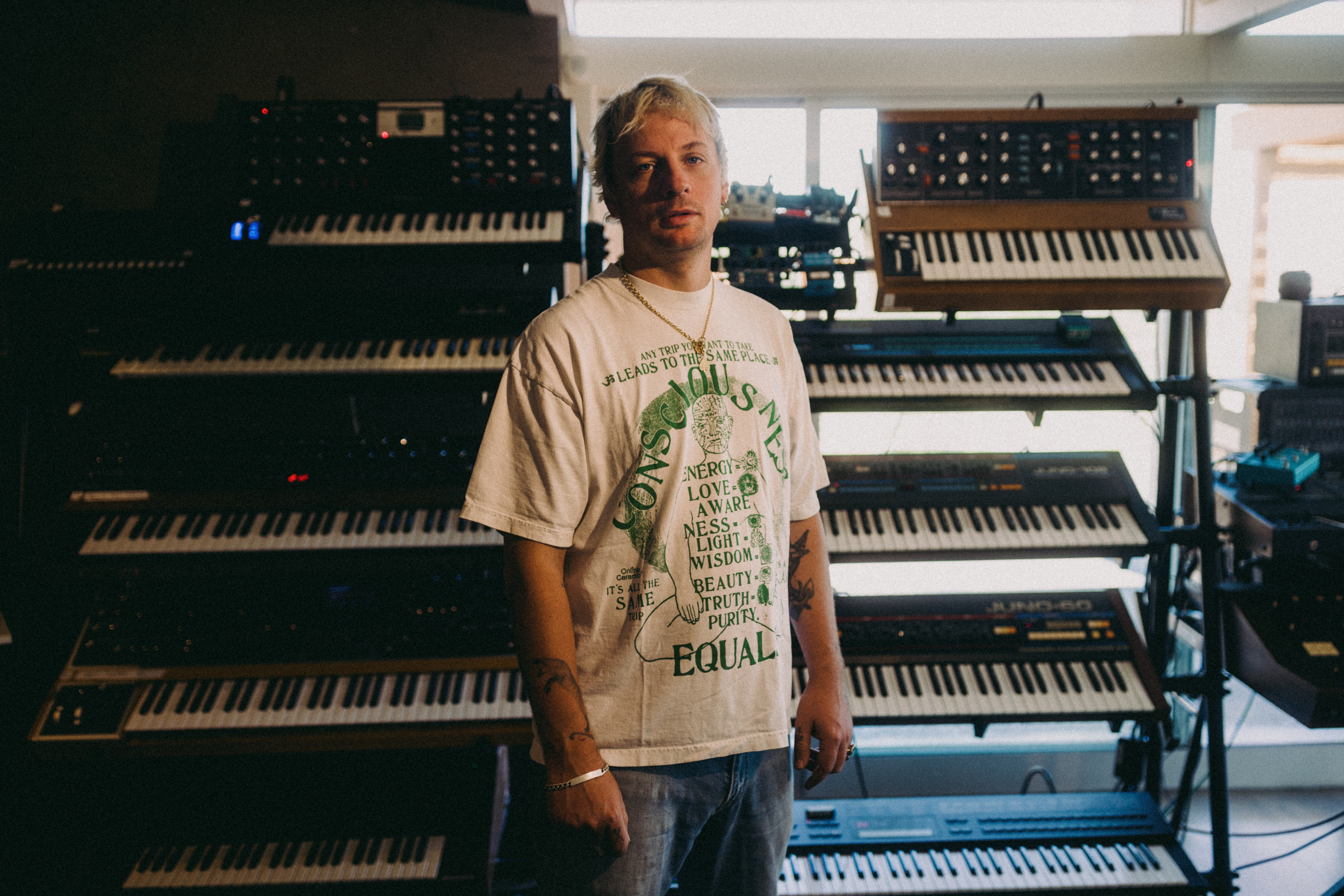 Curtains up, Kid Harpoon rethinks the sound of Broadway production ‘Art’
Curtains up, Kid Harpoon rethinks the sound of Broadway production ‘Art’He’s crafted hits with Harry Styles and Miley Cyrus; now songwriter and producer Kid Harpoon (aka Tom Hull) tells us about composing the music for the new, all-star Broadway revival of Yasmina Reza’s play ‘Art’
-
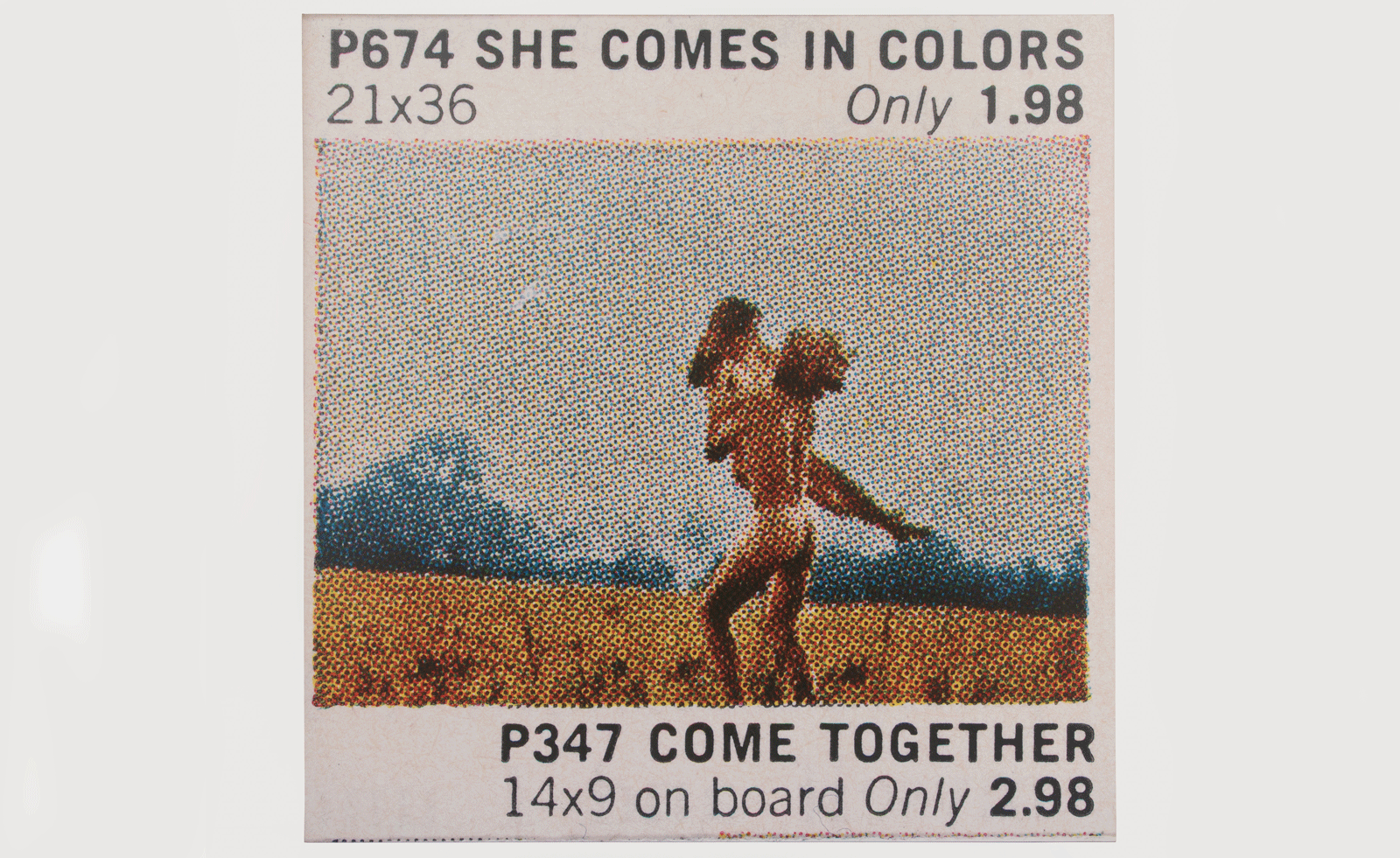 Richard Prince recontextualises archival advertisements in Texas
Richard Prince recontextualises archival advertisements in TexasThe artist unites his ‘Posters’ – based on ads for everything from cat pictures to nudes – at Hetzler, Marfa